Share the post "For Every Outdoor Enthusiast Exploring Texas’s National Parks: Essential Tips and Hidden Gems!"
Outdoor enthusiasts can enjoy a variety of breathtaking scenery and activities at Texas’s national parks. From the Chihuahuan Desert in Big Bend National Park to the lush woods and steep canyons in Guadalupe Mountains National Park, these protected regions provide breathtaking scenery for adventure and exploration. Visiting huge environments and diverse wildlife offers unique and interesting experiences.
Prepare for the unexpected when visiting these stunning places. Because the terrain is both beautiful and difficult, we equip our luggage with hydration systems and the most comfortable hiking boots. A checklist of navigation tools, weather-appropriate clothing, and camping gear prepares us for anything the Texas wilderness throws at us. Since terrain and weather can vary quickly, safety is paramount when hiking these beautiful parks.
Key Takeaways
- Texas national parks offer diverse environments and experiences.
- Safe adventures require proper gear.
- Responsible actions protect these natural beauties for future tourists.
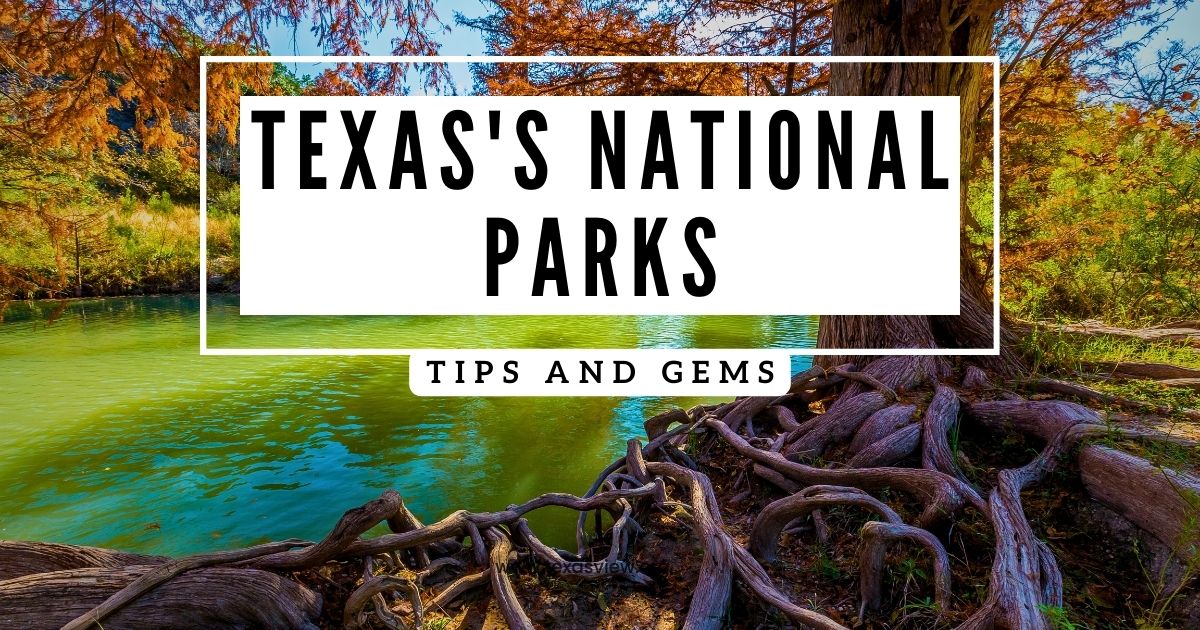
- The Diversity of Texas's National Parks
- Essential Gear for Texas Park Adventures
- Safety First: Navigating the Texas Wilderness
- Iconic Trails and Must-See Attractions
- Local Tips and Hidden Gems
- Conservation Efforts and Respectful Exploration
- Photography and Memory Making
- Planning Your Trip: Logistics and Accommodations
The Diversity of Texas’s National Parks
We’re in for a real treat as we explore the vast diversity of Texas’s national parks. Each offers its own unique mix of ecological splendor and rich cultural history, promising adventures that are as varied as the Lone Star State itself.
Ecological Wonders
In Texas, our national parks protect an awe-inspiring array of natural landscapes. At Big Bend National Park, we can trek through the Chihuahuan Desert and gaze at the night sky, counting stars over the high plains. Just as astonishing are the coastal wonders of Padre Island National Seashore, where we can spot hatchling sea turtles scurrying to the ocean.
These ecological treasures showcase the biological diversity and the varying ecosystems, from desert to maritime habitats, each with its own complex web of life.
Cultural Heritage Sites
The cultural narrative of Texas is vividly portrayed through our national parks. The San Antonio Missions, a string of five historical sites, including the iconic Alamo, provide an immersive glimpse into the region’s colonial past. We also celebrate the intertwining of cultures at Amistad National Recreation Area — a name symbolizing ‘friendship’ — popular for its rich cultural history and ancient rock art that connect us to the earliest inhabitants of this land.
These sites not only protect vital pieces of our heritage but also tell the story of Texas through the centuries.
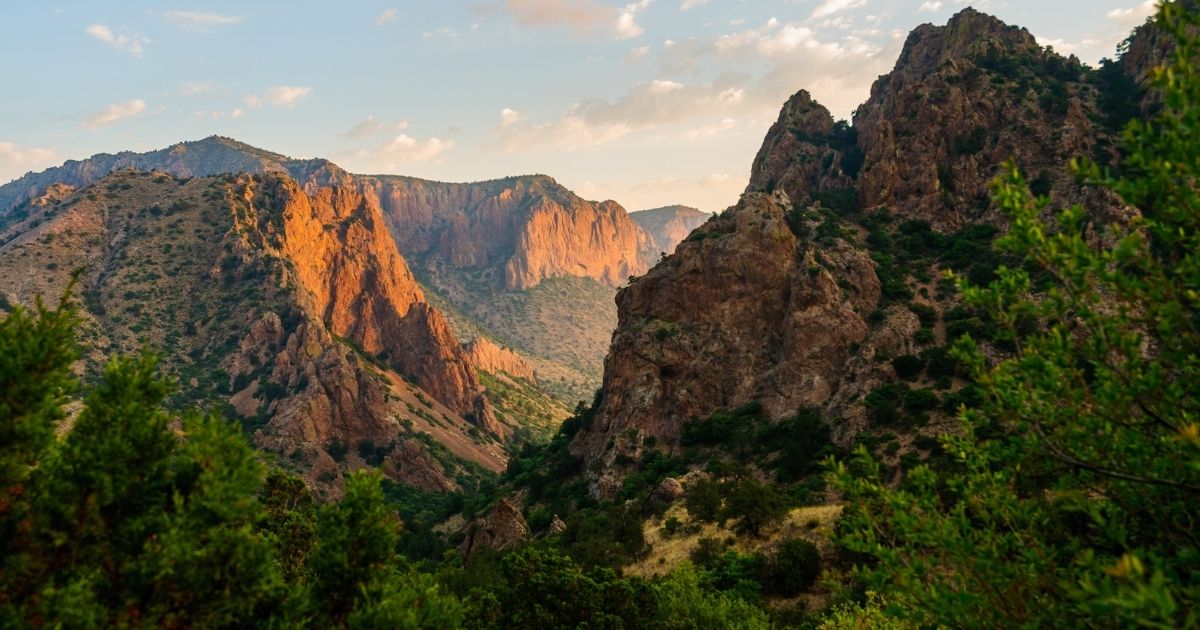
Essential Gear for Texas Park Adventures
Before we dive into the wilderness of Texas’s majestic national parks, it’s crucial we talk gear! Our excursions depend on being prepared for diverse environments, so here’s a breakdown of the essential equipment we’ll need for a safe and enjoyable adventure.
Seasonal Gear Recommendations
Spring & Fall:
- Lightweight, moisture-wicking clothing
- A sturdy pair of hiking boots for varied terrain
- Rain gear for sudden downpours
Summer:
- Breathable, long-sleeved shirts and pants for sun protection
- Broad-brimmed hats and UV-blocking sunglasses
- Plenty of water bottles or a hydration system
Winter:
- Insulated jackets and thermal layers
- Gloves, beanies, and scarves to protect from the cold
- High-quality tent with strong resistance to wind and rain
Navigation and Survival Tools
We must respect Texas’s vast landscapes, and that means always having top-notch navigation and survival tools:
- A reliable GPS device or compass
- A detailed map of the area
- A multi-tool or Swiss Army knife
- Water purification tablets or a filtration device
- First aid kit
- Fire-starting materials such as waterproof matches or a flint striker
Wildlife Observation Essentials
To truly enjoy and respect the wildlife within Texas parks, we’ll need:
- A pair of quality binoculars for up-close views
- Wildlife guides or apps to identify various species
- A sturdy, lightweight daypack to carry equipment
- Cameras with zoom capability to capture those awe-inspiring moments without disturbing the habitat
- Notebooks and pens for journaling sightings and experiences
Ensuring we have the right gear will make our Texas national park adventures both exhilarating and memorable. Let’s gear up and embrace the great outdoors!
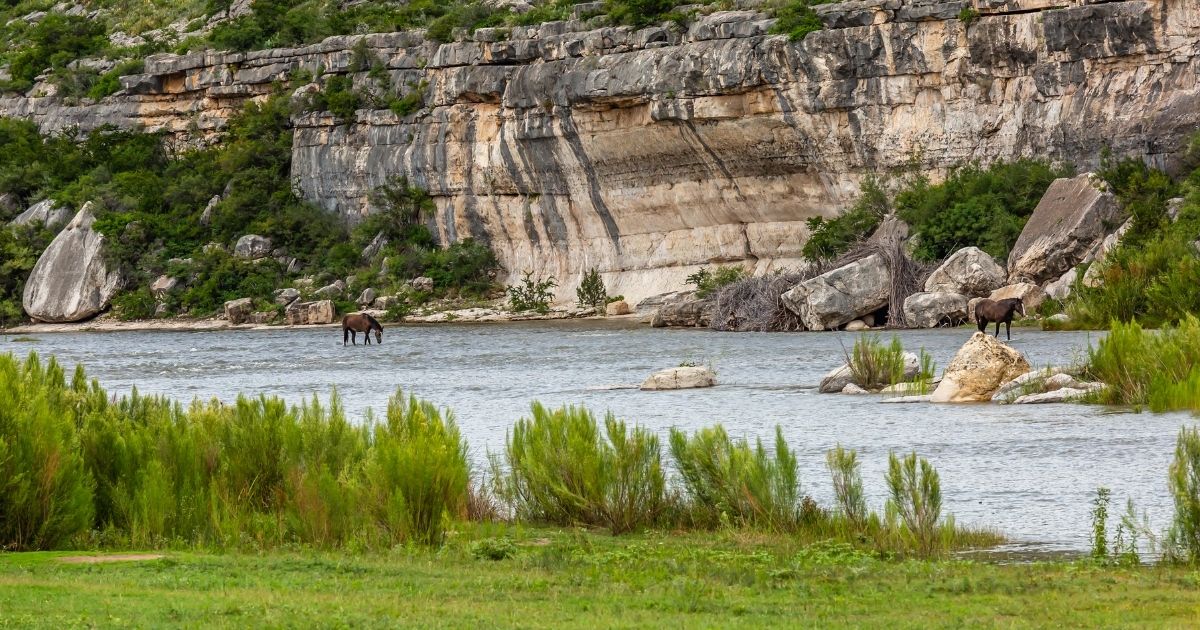
Safety First: Navigating the Texas Wilderness
Before we set out on our Texas national park adventures, it’s crucial we understand the safety measures and requirements involved. Whether it’s dealing with the elements, wildlife, or park rules, staying informed ensures our experiences are both thrilling and safe.
Understanding Park Regulations
Rules aren’t meant to hinder; they’re there to protect both us and the natural beauty of the parks. Before we hit the trails, we should always check for the latest backpacking permits and regulations. Each park may have different guidelines about where we can camp, light fires, and how to properly store food.
- Always secure a permit if required: Some areas need a permit for overnight stays.
- Stick to the trails: This protects local flora and reduces erosion.
Encountering Texas Wildlife
Our encounters with wildlife should be memorable, not dangerous. To safely enjoy wildlife:
- Maintain a safe distance: Give animals room, and never feed them.
- Know how to deal with predators: In case of a close encounter, stay calm and make slow movements.
If we’re concerned about wildlife encounters, wilderness survival courses can give us the confidence to handle unexpected situations.
Weather Preparedness
The Texas climate can be as wild as its landscape, with sudden changes that could catch us off guard. Always check the weather forecast before our trip and be prepared for anything.
- Pack layers: Temperatures can fluctuate dramatically from day to night.
- Stay hydrated: Carry plenty of water and know where to find more.
By respecting park rules, understanding how to safely observe wildlife, and preparing for the weather, we can fully savour the natural splendour of Texas’s wilderness.
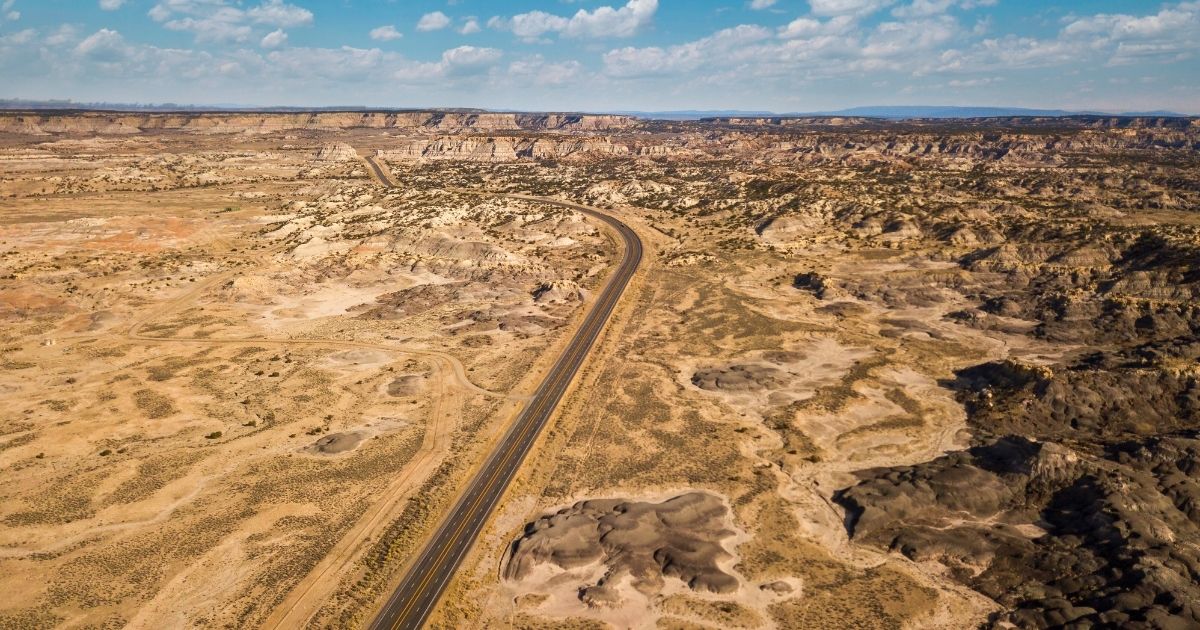
Iconic Trails and Must-See Attractions
Texas’s national parks are brimming with paths and landmarks that are nothing short of awe-inspiring. We’ve got trails for families seeking a leisurely hike, routes that will challenge even the most experienced hikers, and historic sites that are a must on anybody’s travel itinerary.
Family-Friendly Trails
In Big Bend National Park, Santa Elena Canyon Trail is a hit among families. This relatively flat path rewards us with stunning views of the Rio Grande and towering canyon walls. Perfect for a family outing, the trail is just 1.4 miles round trip, allowing for plenty of time to enjoy a picnic by the riverside.
Another gem for the family is the Fossil Discovery Exhibit Trail in the Chihuahuan Desert. We can explore prehistoric times through the fossilized remains of ancient creatures, making it both an educational and thrilling adventure for all ages.
Challenging Treks for Seasoned Hikers
For those of us craving a challenge, the South Rim Trail in Big Bend offers an epic journey through some of the park’s most remote and scenic backcountry. The rigorous 12- to 14-mile trek takes us to dizzying heights with panoramic views that will leave us breathless — in more ways than one.
We can also tackle the Guadalupe Peak Trail in Guadalupe Mountains National Park. As the highest point in Texas, reaching the “Top of Texas” is a rewarding accomplishment after navigating the 8.5-mile path, known for its steep, rocky terrain.
Historic Landmarks
We can’t miss a step back in time at Fort Davis National Historic Site. Once a key post in the defense of West Texas, the well-preserved ruins and museum exhibits offer a fascinating glimpse into our military past.
And no trip is complete without standing in the shadows of the ancient Rock Art of the Lower Pecos at Amistad National Recreation Area. These stunning pictographs tell stories millennia old, giving us a profound sense of the passage of time and the history of human creativity in the wild Texan landscape.
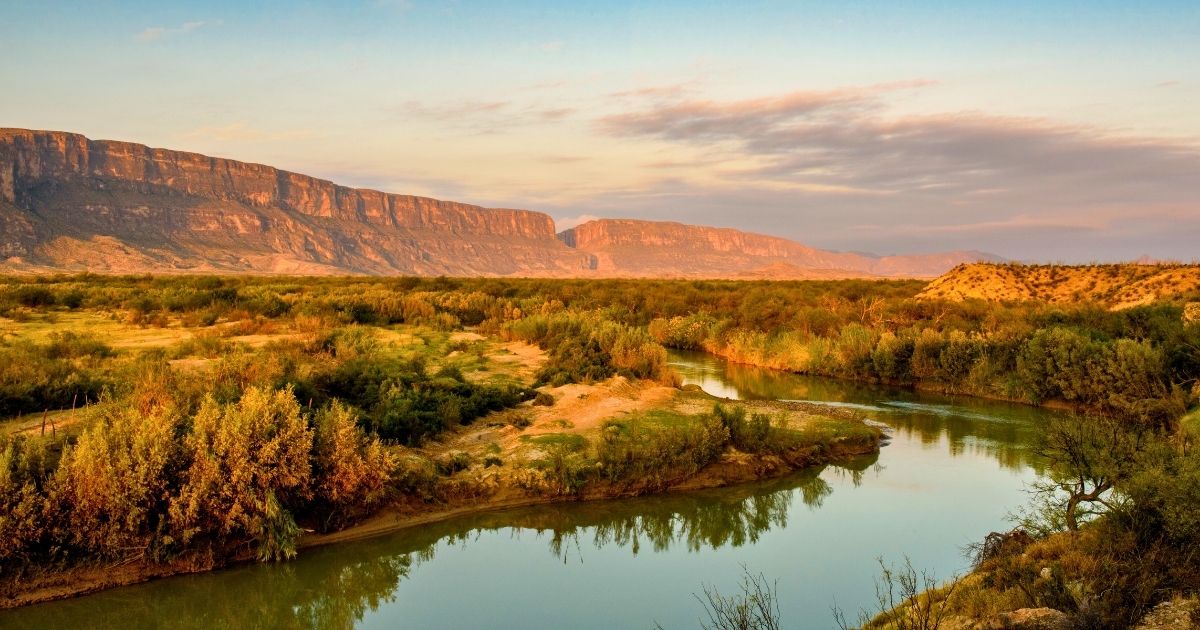
Local Tips and Hidden Gems
We’re thrilled to explore the stunning natural beauty of Texas’s national parks, and we want to share our best-kept secrets with you. Uncover the hidden gems and local advice that will transform your adventure!
Best Times to Visit
Visiting national parks in Texas is all about timing to avoid the crowds and extreme weather. For optimal weather and fewer tourists, aim for spring or fall. Big Bend National Park, for example, boasts pleasant temperatures and burst of wildflowers in the spring.
- Spring (March to May): Wildflowers bloom, and wildlife is active.
- Fall (September to November): Mild weather and beautiful autumn colors.
Local Festivities
April’s Big Bend Cowboy Gathering is a treat with its authentic Texas music and poetry. In the fall, don’t miss the Chisos Mountains Star Party, where the night skies are a celestial spectacle. Keep an eye on local town event calendars for unique events like these:
- Alpine: Artwalk in November, featuring local artists and musicians.
- Marfa: Marfa Lights Festival in September, celebrating the mysterious lights with food and music.
Secret Spots Only Locals Know
Indulge in the lesser-known trails and hideaways for a serene experience. In Guadalupe Mountains National Park, McKittrick Canyon is a treasure during fall with its vibrant foliage. For those seeking solitude, try these:
- Santa Elena Canyon Overlook Trail: A quiet trail with stunning views in Big Bend.
- Devil’s Hall Trail: Hidden path in Guadalupe Mountains delivering an incredible canyon hike.
Remember, our state’s national parks are more than the iconic landmarks—they’re rich with local culture and secret spots waiting for us to discover. Let’s get out there and create some unforgettable memories!
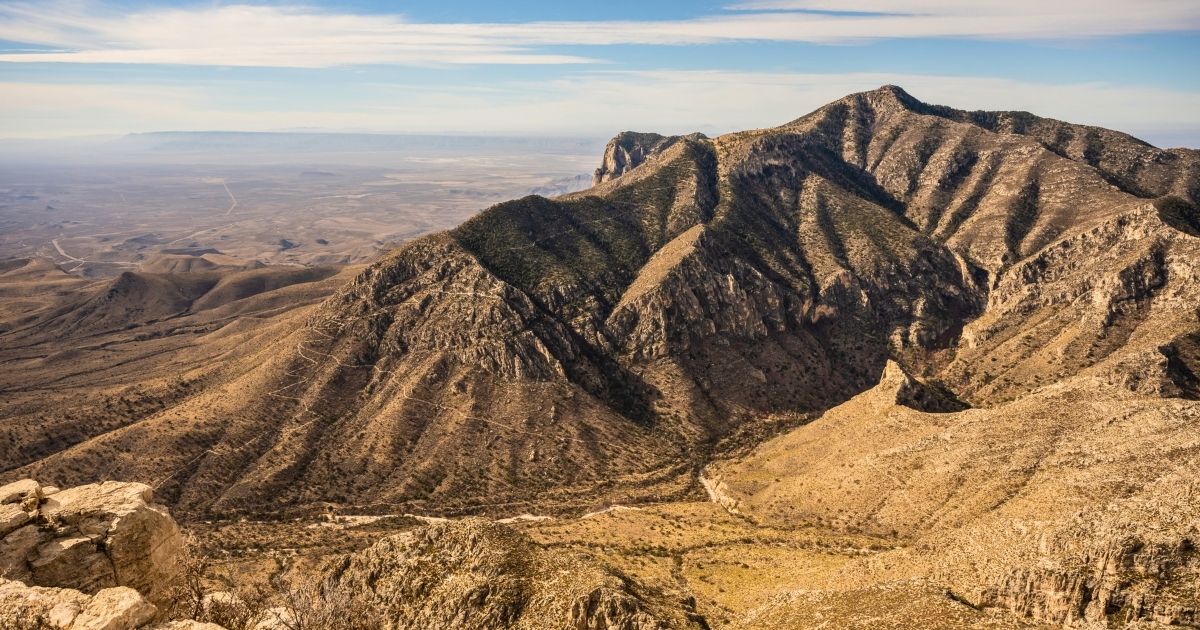
Conservation Efforts and Respectful Exploration
Exploring Texas’s national parks is a privilege and a joy. As stewards of these natural treasures, it’s crucial that we engage in conservation efforts and explore responsibly to ensure they remain pristine for generations to come.
Leave No Trace Principles
Pack it in, Pack it out: It’s essential that we remove all trash and belongings after our visit to minimize our impact on the environment.
- Travel on Durable Surfaces: To protect plant life and prevent soil erosion, we must stick to designated trails and campsites.
- Leave What You Find: Preserving the natural state of the park, from flora to historical artifacts, is vital for maintaining its integrity.
- Minimize Campfire Impacts: We should use a camping stove for cooking and enjoy campfires responsibly in designated areas to prevent wildfires.
- Respect Wildlife: Feeding or disturbing wildlife can harm both the animals and us, so it’s critical to keep a safe distance and observe quietly.
- Be Considerate of Other Visitors: By keeping noise levels down and yielding to others on the trail, we can all enjoy a serene park experience.
Volunteering Opportunities
Trail Maintenance and Restoration: Joining efforts to maintain and restore trails ensures safe and accessible adventures for everyone.
- Wildlife Monitoring Programs: Participation in these programs helps park management in protecting the diverse species that call the parks home.
- Educational Outreach: Engaging with communities through educational programs raises awareness about the importance of conservation.
By committing to these practices, we contribute to the protection and longevity of Texas’s awe-inspiring national parks. Let’s lace up our boots and explore with care and admiration!
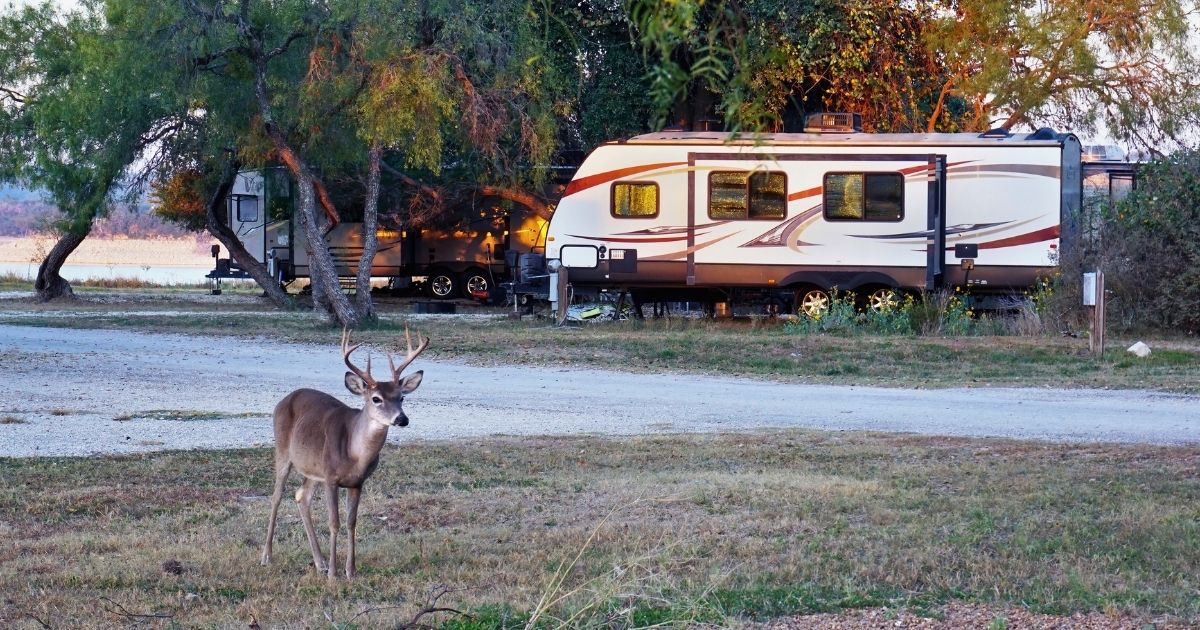
Photography and Memory Making
We’re thrilled to share some expert tips for capturing the stunning beauty of Texas’s national parks—whether you’re a seasoned photographer or just starting out.
Capturing the Majestic Landscapes
Texas’s national parks offer landscapes that are vast and varied. From the sprawling deserts of Big Bend to the lush greenery of the Piney Woods, our advice is to focus on composition and use the natural lines of the landscape to guide the viewer’s eye. Emphasize those breathtaking vistas by employing the rule of thirds, where you divide the frame into nine equal segments with two equally spaced horizontal lines and two equally spaced vertical lines.
Place the most interesting aspects of your scenes along these lines or at their intersections. For capturing the unique flora and rugged terrain, a wide-angle lens is your friend, allowing you to include as much of the scene as possible.
- Camera Settings for Landscape Photography:
- ISO: Set to the lowest for clear shots, normally between 100 and 200.
- Aperture: Use a small aperture (high f-number) for a deep depth of field, ensuring foreground and background are sharp.
- Shutter Speed: Adjust according to lighting, but generally use a tripod for slower shutter speeds to avoid blur.
- Focus Mode: Manual focus or landscape mode for greater control over the depth of field.
Night Sky Photography Tips
When the stars come out, Texas’s national parks transform into a canvas for some of the most spectacular night sky photography. Here, we prepare for long exposures to capture stars as sharp points of light or even play with longer ones for captivating star trails. A sturdy tripod is a must, along with a camera capable of high ISO settings without significant noise.
- Essentials for Night Sky Photography:
- Tripod: To stabilize your camera for long exposures.
- Wide Aperture: Set to f/2.8 or wider to allow more light.
- High ISO: Experiment starting from ISO 1600 upwards, depending on camera capability and ambient light.
- Remote Shutter Release: To reduce camera shake when taking the shot.
Always take the time to familiarize yourself with your gear during the daylight so when night falls, we’ll be ready to immortalize the twinkling Texas skies.
Planning Your Trip: Logistics and Accommodations
Before we dive into the wilderness of Texas’s National Parks, we need to consider how we’ll get there and where we’ll stay. Strategizing these details can make or break our adventure.
Park Accessibility
By Car: Texas’s vast landscapes mean that most of our National Parks are best accessed by car. For Big Bend National Park, we can enter through one of three main entrances: Persimmon Gap, Panther Junction, or Maverick Junction. If we’re aiming for Guadalupe Mountains National Park, Pine Springs Visitor Center is a good starting point, situated off of US Highway 62/180.
Public Transportation: We should note that public transportation options are limited. Therefore, renting a car from the nearest airport might be our best bet. The closest airports are Midland-Odessa for Big Bend and El Paso for Guadalupe Mountains.
Nearby Towns and Services
Accommodations: Booking a lodge or finding a campsite inside the National Park ensures an immersive experience. Options are often limited, though, so it’s essential to plan ahead. Outside of the parks, towns like Terlingua near Big Bend and Dell City close to Guadalupe offer cozy stays.
Services: For supply runs, Alpine and Marathon for Big Bend, or Carlsbad for Guadalupe Mountains have grocery stores and gear outlets. These towns are where we can stock up on water, snacks, camping supplies, and fuel.
Park passes and permits are another key component of our trip planning. If we’re considering multiple park visits within a year, purchasing an America the Beautiful Pass is cost-effective and convenient. This annual pass covers entry fees for all federal lands, including all National Parks in Texas.
Share the post "For Every Outdoor Enthusiast Exploring Texas’s National Parks: Essential Tips and Hidden Gems!"
Christian Linden is a seasoned writer and contributor at Texas View, specializing in topics that resonate with the Texan community. With over a decade of experience in journalism, Christian brings a wealth of knowledge in local politics, culture, and lifestyle. He holds a Bachelor's degree in Communications from the University of Texas. When he's not writing, Christian enjoys spending weekends traveling across Texas with his family, exploring everything from bustling cities to serene landscapes.











